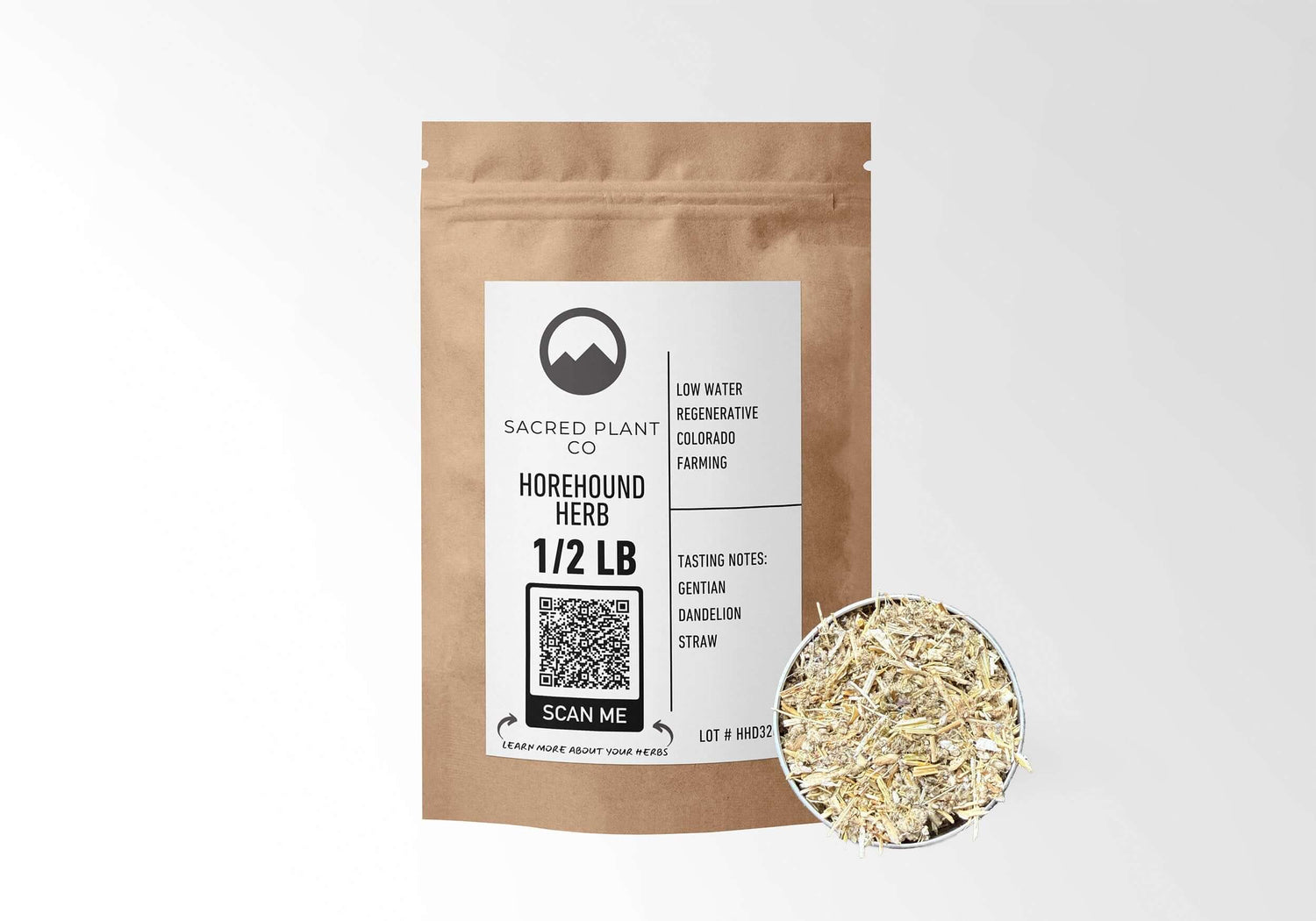Horehound (Marrubium vulgare): History, Traditional Benefits, and a Balanced Honey Tea Recipe
Quick takeaway: Horehound is a classic bitter herb with a long tradition in European and Mediterranean folk practice for soothing the throat and supporting digestion. Below you’ll find a precise tea method, tips to tame bitterness, safe-use notes, and an FAQ that answers the most-searched questions.
What is Horehound?
Horehound (Marrubium vulgare) is a hardy, aromatic member of the mint family. Despite the mint lineage, it is notably bitter rather than minty. In traditional herbalism, that bitterness is the point: bitter herbs are commonly used to prime digestion before or after meals and to create balanced throat-soothing formulas, syrups, and lozenges. You’ll also find horehound in classic herbal candies and old-style cough drops.
Historical Significance and Cultural Importance

Horehound’s story reaches back to antiquity across the Mediterranean basin. By the Middle Ages it was a mainstay of European folk practice for winter wellness and mealtime bitters. In the 19th and early 20th centuries, horehound syrups and lozenges became pantry staples in the United States and Europe. Today, modern herbalists still look to horehound when formulating classic bitters and simple throat-soothing teas.
Traditional Uses and Potential Benefits
- Throat and chest comfort: Commonly included in old-world lozenges, syrups, and teas used at the first sign of seasonal throat irritation.
- Digestive support: As a true bitter, horehound can help nudge digestive secretions and ease that heavy, post-meal feeling.
- Everyday bitters: A small amount of horehound added to blends provides structure and balance, especially when paired with citrus peel.
Educational note: Content here is for informational purposes only and is not medical advice. If you are pregnant, nursing, taking medication, or managing a condition, speak with a qualified professional before use.
Flavor Profile and How to Balance Bitterness
Horehound is unapologetically bitter with an herbaceous, slightly resinous edge. Think of it as the “espresso” of the herbal world: concentrated, bracing, and excellent when balanced with fragrant partners. Citrus peel, honey, and a touch of lemon round the edges without masking the character that makes horehound useful.
- Soften with citrus: A teaspoon of orange peel brings bright aromatics.
- Finish with honey: Honey complements horehound’s resinous notes and makes the cup more approachable.
- Lemon lift: A small squeeze of fresh lemon brightens the finish and helps integrate the bitters.
Horehound Honey Tea Recipe
This method extracts helpful bitters while keeping the cup balanced and drinkable.
Ingredients
- 1 tablespoon Horehound herb
- 1 teaspoon Orange peel
- 8 ounces freshly boiled water
- Honey to taste
- Optional: a small squeeze of fresh lemon
Directions
- Combine: Place horehound and orange peel in a teapot or infuser.
- Pour: Add freshly boiled water. Cover to trap aromatics.
- Steep: 8 to 10 minutes for a robust, balanced extraction.
- Strain: Remove herbs. Taste before sweetening.
- Finish: Stir in honey to taste and add a touch of lemon if desired.
Why each step matters
- Covering the pot keeps volatile aromatics in your cup instead of the air.
- Eight to ten minutes ensures sufficient bitter extraction without excessive harshness.
- Taste first lets you dial in sweetness precisely and learn your preferred intensity.
Serving size and frequency: Start with one cup, once daily, for a few days to learn your personal taste and response.
Safe Use, Sensitivities, and Storage
- Who should avoid it: Do not use during pregnancy or while nursing unless guided by a qualified professional.
- Medication check: If you take prescription medications or manage a medical condition, consult your practitioner first.
- Allergies: Discontinue if you observe any unusual sensitivity.
- Storage: Keep dried herbs in an airtight container away from heat, light, and moisture for peak flavor.
Horehound FAQ
What is horehound used for traditionally?
Horehound has a long tradition in teas, syrups, and lozenges for soothing the throat during the winter months and as a classic digestive bitter around mealtimes.
What does horehound taste like?
Expect a strong, herbal bitterness with resinous notes. Orange peel, honey, and a touch of lemon help balance the cup without hiding its character.
How much horehound should I use for tea?
For a balanced cup, start with 1 tablespoon dried horehound per 8 ounces of freshly boiled water and steep covered for 8 to 10 minutes. Adjust to taste.
Can I reduce the bitterness?
Yes. Add 1 teaspoon orange peel, sweeten with honey, and use a small squeeze of lemon. You can also shorten the steep to 6 to 7 minutes for a gentler cup.
Is horehound safe for everyone?
Not necessarily. Avoid use during pregnancy and nursing unless professionally guided, and consult a healthcare professional if you take medications or manage a condition.
How should I store dried horehound?
Use an airtight container kept cool, dark, and dry. Proper storage preserves aroma and flavor for several months.






